Let's move on to what exactly is communication?
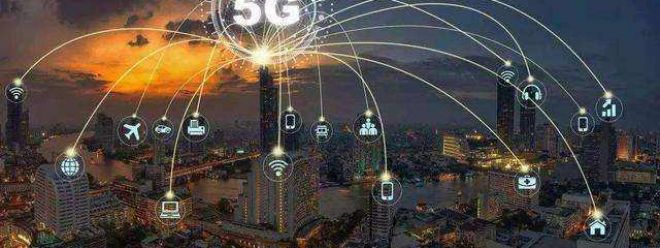
Continue to " Let 's talk about what is communication ?
I didn't finish writing it last week, so I will continue writing today.
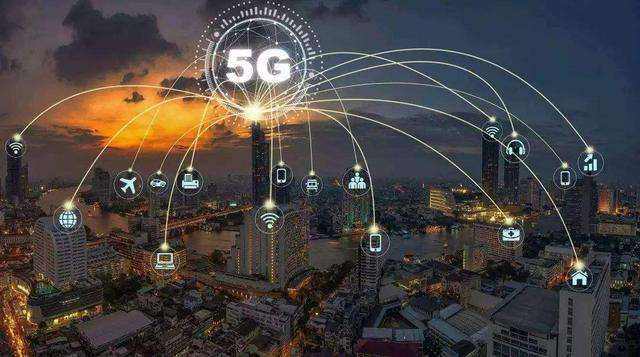
Layered Thinking in Communication
The most important first step in the study of communication technology is to build a communication knowledge system.
The secret to building a communication knowledge system is to establish "layered thinking".

The layered thinking of communication is divided into "big layer" and "small layer".
Let's take a look at the "big layer" first
In the above, I told you about the evolution of communication networks.
An important driving force for the evolution of communication networks is the rapid expansion of the number of communication nodes.
In other words, the communication network is a transition from "point to point" to "point to multipoint", and then from "point to multipoint" to "multipoint to multipoint" )"the process of.
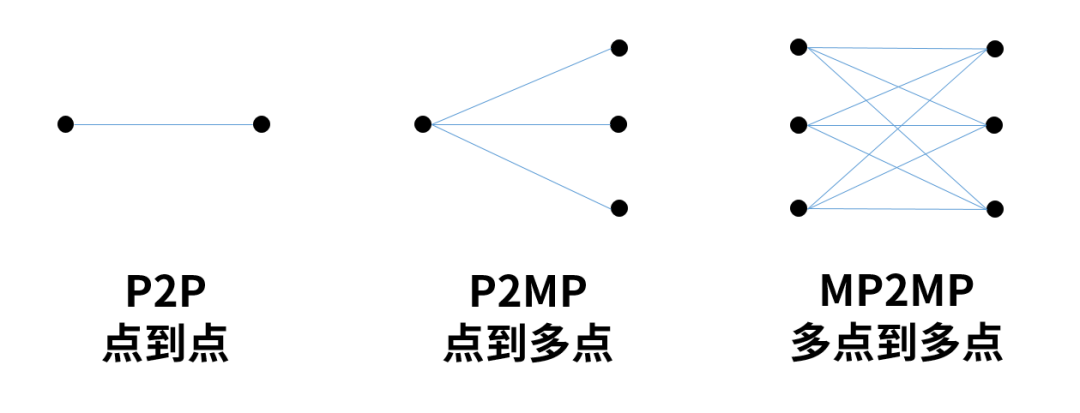
The number of nodes participating in communication has expanded rapidly, eventually reaching a scale of 100 million (Internet of People) or even 10 billion (Internet of Things).
The most primitive and basic communication model is that two nodes communicate with each other. In this case, a single communication line will suffice.
When there are more than two nodes participating in the communication, networking is involved. There are also chain, star, ring, tree and other networking methods.
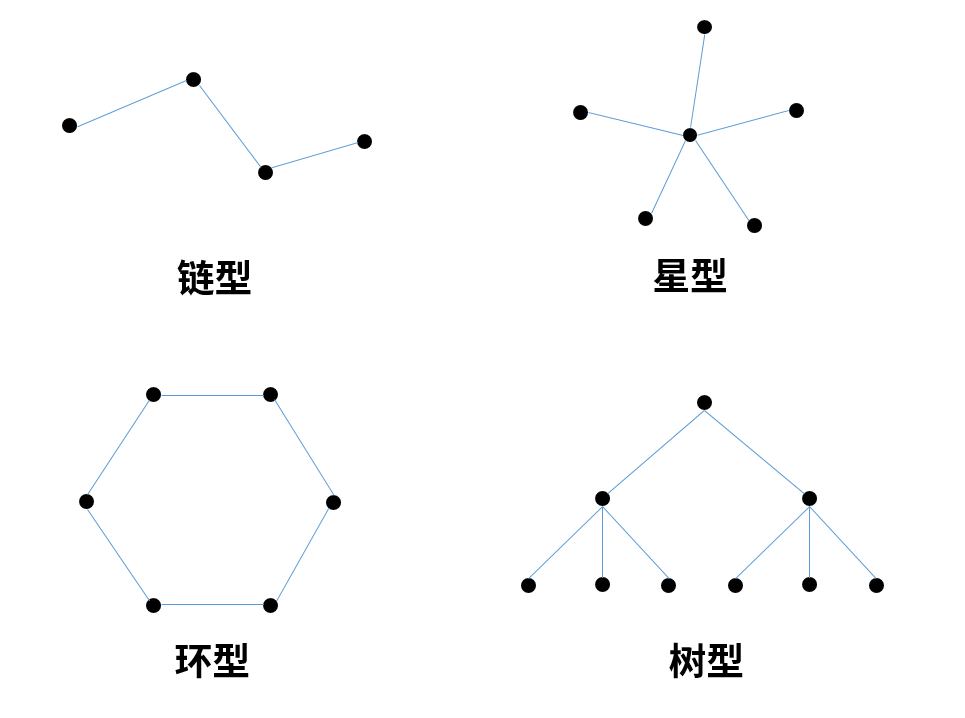
When the scale of nodes continues to expand, people find that just like the pyramid management structure is the most practical human organizational structure, the tree network structure is the simplest and most efficient way of large-scale communication networking.
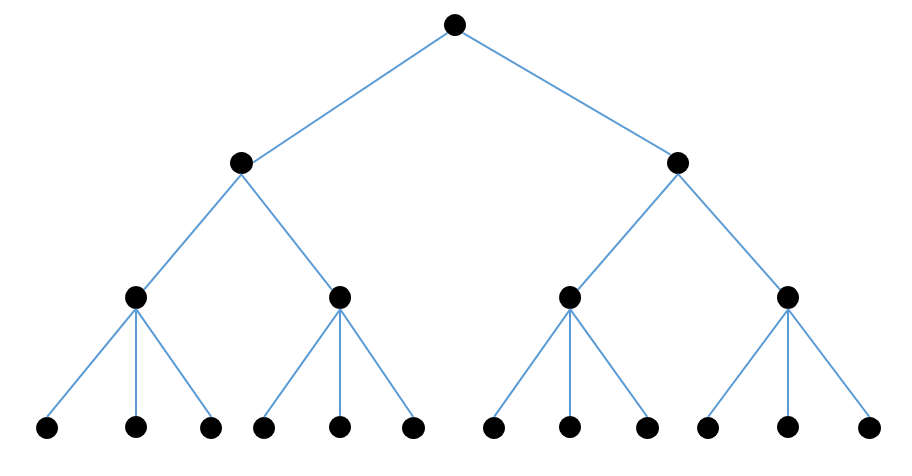
 tree (pyramid)
tree (pyramid)
This method of "small networks converging step by step and becoming a large network" is a typical centralized networking method.
No matter which networking method is used, as long as there are multiple nodes, routing and switching are involved. That is to say, at each sink node, it is necessary to route the communication data and exchange information content, which is equivalent to an intersection and gateway.
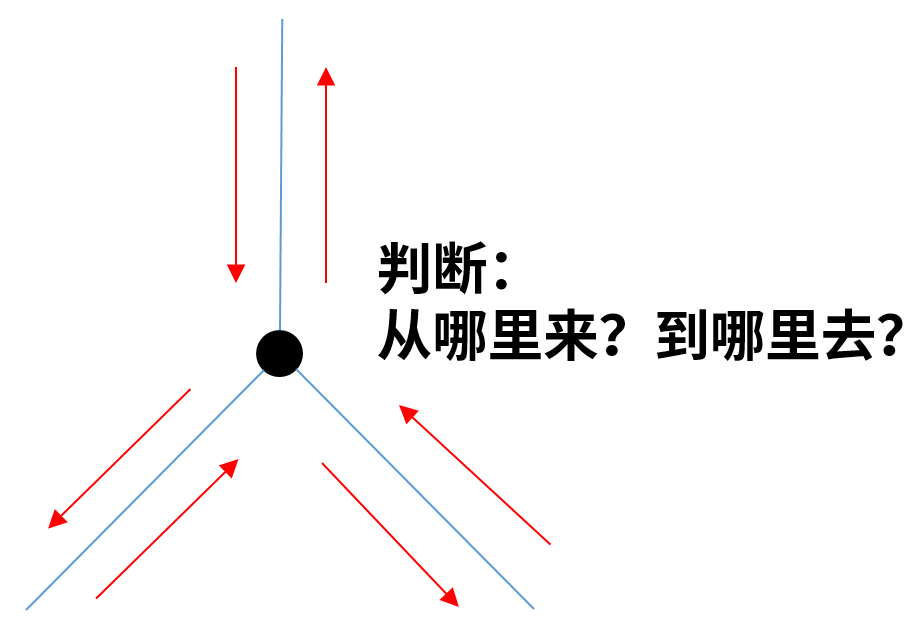
Every node needs to make a judgment
Tree-type networks are widely adopted by operators and become the foundation of public communication networks. (Of course, other networking methods such as ring networks are also appropriately adopted as supplements.)
For the continuous "convergence" of the tree network, we generally divide it into three layers, from bottom to top, the access layer, the convergence layer, and the core layer.
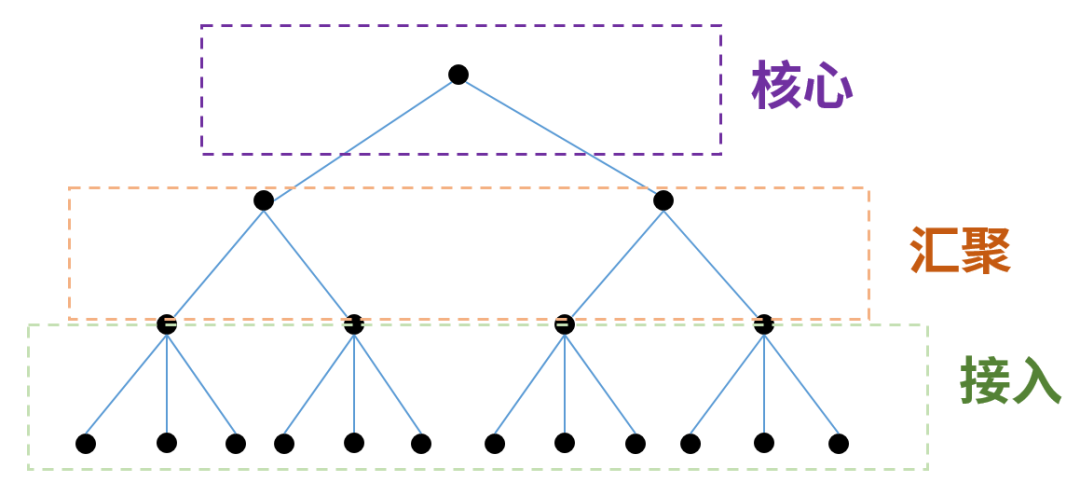
The access layer is responsible for connecting users to the network; the aggregation layer is responsible for collecting and distributing data; the core layer is the backbone of the network.
We can understand it as a courier company. There will be express stations near each community to reach users, collect and deliver express. The goods at the express station will be sent to the upper express delivery point, and then the next level will be transferred step by step.
Different layers involve different communication technologies. That is to say, the communication technologies used between nodes are not necessarily the same. Because they are in different environments and conditions, the amount of data they carry is also different.
For example, at the access layer, to connect users to the network, because users may be mobile and run around, wireless communication technologies, such as 4G/5G, Wi-Fi, etc., will be widely used.

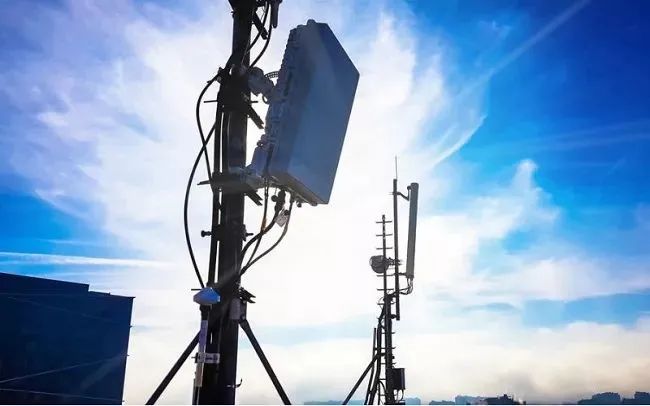
5G Antenna
At the aggregation layer, because of the large amount of data aggregated, the aggregation node and upper-layer nodes usually use large-capacity optical fiber communication technologies (such as OTN).

Fiber Equipment
Of course, if the distance between the access node and the upper-level node is long, and it is located in remote areas such as deserts, wireless communication technologies such as microwaves and satellites will also be used.
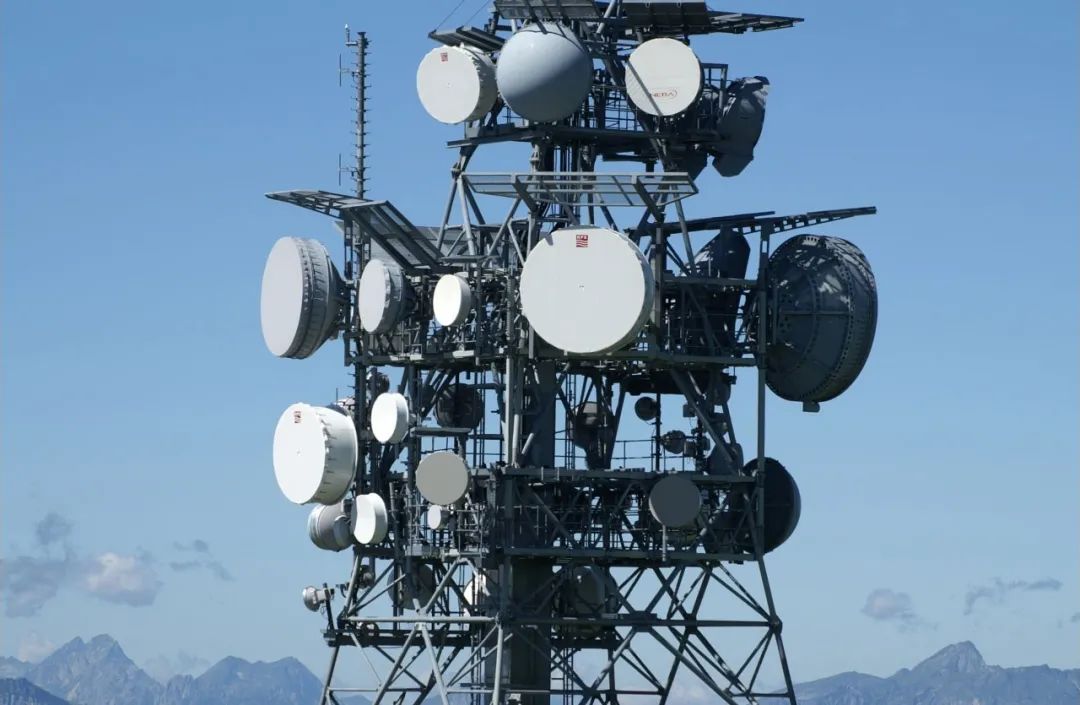
microwave antenna
Using the courier system as an analogy, the courier at the courier station will ride a tricycle and freely choose the route. Between express transfer points, direct transportation will be carried out by car or chartered plane.
What we said above is the layered thinking for the network architecture, that is, "big layering". For networks of different scales, the layering level is not necessarily the same, but the idea of layering is unchanged.
What is a "small layer"?
When you study specific peer-to-peer communications, you encounter "small layers" of thinking. Students with an engineering background know that the famous TCP/IP model and the OSI model are typical "small layers".

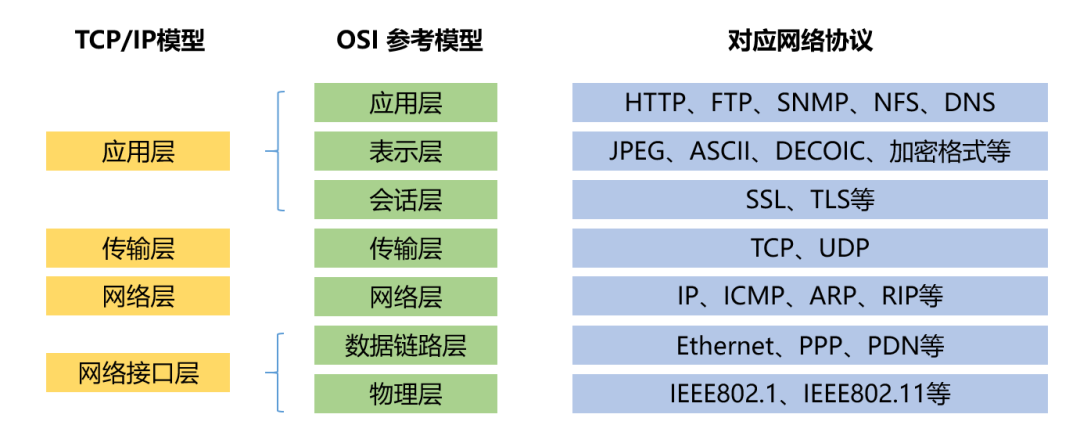
Communication is a very complex process, and the reason for "small layers" is to perform their duties. Each level is a society, and there is no "language (agreement)" between different levels, and direct dialogue is not possible.
No matter what communication technology it is, it actually follows the "small layer" model, and in fact, the protocols they choose are different.
"Small layering" is actually the "packaging" idea of express delivery - I write words on letter paper, stuff the letter paper into an envelope, and then seal the envelope into a larger envelope, or a pouch or parcel.
In this way, after being packaged step by step, it is sent to the other side.

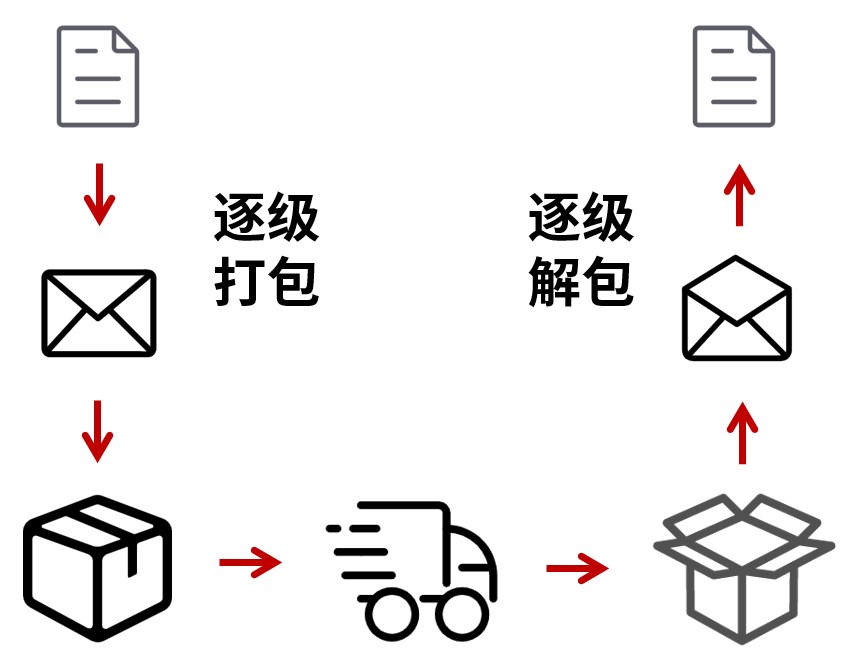
After the other party receives it, it will be unpacked step by step to interpret the content. Or, the content is encapsulated step by step, and sent to the next-level node through another channel.
"Small layer" also has a higher name, that is "protocol stack". Every layer of mine must match every layer of yours, so that we can achieve top-level business communication.
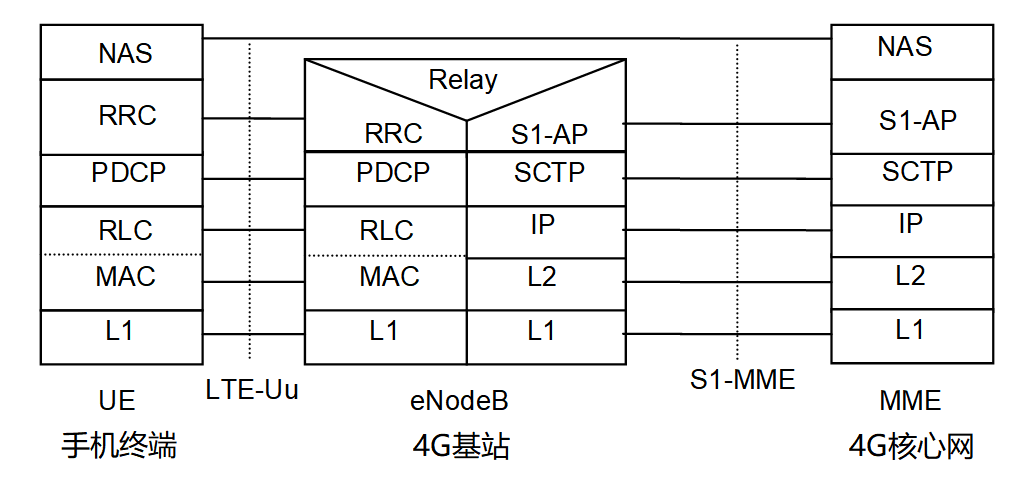
4G network protocol stack example
Communication, especially the public network communication of operators, often involves the connection and debugging of the local office and the peer office. Novices often do not understand the idea of "small stratification", and the data is randomly allocated, and the result is still unreasonable.
The correct docking and joint debugging method should start from the bottom. First check whether the physical layer is connected (whether the optical port has light and whether the electrical port has power), and then connect layer by layer. When each layer is connected, the local office and the peer office are connected. Business communication is achieved.
All in all, the "big layered" thinking is used to study the overall architecture of communication networks. The "small layered" thinking is used to understand the specific working principle of communication technology. With these two kinds of thinking, there will be a clear thinking in the study of any communication technology.
Wired and wireless communications
Wired and wireless communications were mentioned earlier. Here, we will introduce their differences in detail.
In the history of modern communication, the birth of wireless communication is not too late. However, for a long time after its birth, this technology belongs to the "noble" technology, and only a small number of people can use it.
The reason is very simple, because of the lack of basic technologies such as electronic technology, material technology and signal processing technology in the early stage of development, human beings do not have the ability to perfectly control wireless electromagnetic waves.
After the foundation of wireless electromagnetic theory was completed, people have been trying to make use of the mysterious power of wireless electromagnetic waves.
Wireless electromagnetic waves of different frequencies (wavelengths) have different physical properties. Human development of wireless electromagnetic waves is actually to use these different characteristics for different purposes. For example, high-frequency gamma rays have great lethality and can be used to treat tumors.

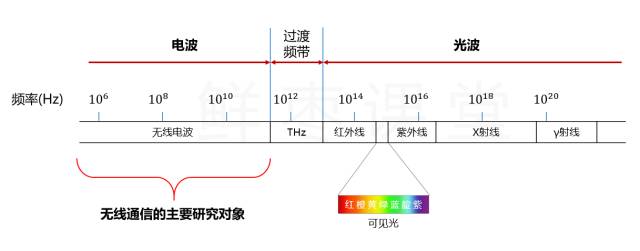
From a macro point of view, wireless electromagnetic waves are mainly divided into radio waves and light waves (as shown in the figure above). Marconi and Popov pioneered the use of radio waves for communication.
With the level of technology at the time, they could only use low-frequency radio waves for wireless communication.
Wireless electromagnetic waves are not an "inexhaustible and inexhaustible" resource. Its resource scarcity is reflected in the spectrum (frequency range). In a certain spatial range, once the radio electromagnetic wave of a certain frequency is occupied, if others try to use it (transmitting the signal of this frequency), it will cause interference.
The advantage of low-frequency radio waves is that the transmission distance is longer. As we all know, wireless electromagnetic waves with lower frequencies have longer wavelengths (frequency × wavelength = speed of light, the speed of light is a constant value), and the diffraction ability is stronger, so the propagation distance is longer.
The higher the frequency, the shorter the wavelength, the worse the diffraction ability (the loss of penetration will be greater), and the closer the propagation distance.
The disadvantage of low-frequency radio waves is that resources are very scarce. If FDMA frequency division multiple access is adopted, the number of users accommodated is very small, and it cannot be perfectly used for public mobile communication.
Later, with the continuous breakthrough of basic technologies, we have TDMA, CDMA, OFDMA and other multiplexing technologies, which can accommodate more users under a small amount of frequency resources.
As a simple example, we imagine the frequency resource as a room. If the room is divided into different spaces and different users chat in different rooms, this is frequency division multiple access (FDMA).

If in this room, one person is allowed to speak at a certain time, and another person is allowed to speak at the next time period, it is time division multiple access (TDMA).

If everyone spoke in their own language, some in English, some in French, and some in Chinese, that would be Code Division Multiple Access (CDMA).

At the same time, we also have the ability to drive higher-frequency wireless electromagnetic waves, which further expands the frequency range of wireless communication, and finally realizes the continuous expansion of communication capacity and the continuous improvement of connection speed.
This is just like a highway. The wider the road, the more vehicles it can accommodate at the same time. Moreover, the models that can be accommodated are also larger. The transportation capacity of the expressway is also greater.
We have also made great breakthroughs in coding technology and diversity technology, so as to gradually find out the characteristics of the metaphysical technology of wireless communication, further reduce the bit error rate and improve the efficiency of wireless channels.
In this way, we have continuously evolved from 1G to 5G, and successfully developed wireless communication from "aristocratic" technology to "popular" technology, so that everyone can enjoy the convenience it brings.
The main advantages of wireless communication technology are the breaking of space constraints, mobility constraints, and modest cost savings. If it is purely a performance competition (such as transmission rate, delay, stability, etc.), wireless communication is completely overwhelmed by wired communication.
Interestingly, although the current wired communication is powerful, it is essentially the "blood" of wireless communication.
In the early wired communication, communication has always been carried out by means of wired metal cables powered by signal pulses. The advent of fiber optics in the 1960s and 1970s broke this situation.
Optical fiber communication uses light waves, and light waves are wireless electromagnetic waves, right?
However, traditional wireless communication is spread in the air, the propagation path is too complicated, there is too much interference, and the uncertainty is too great. Therefore, optical fiber communication is to confine light waves in a pure glass fiber core for transmission, which is isolated from the outside world, which greatly improves the stability.
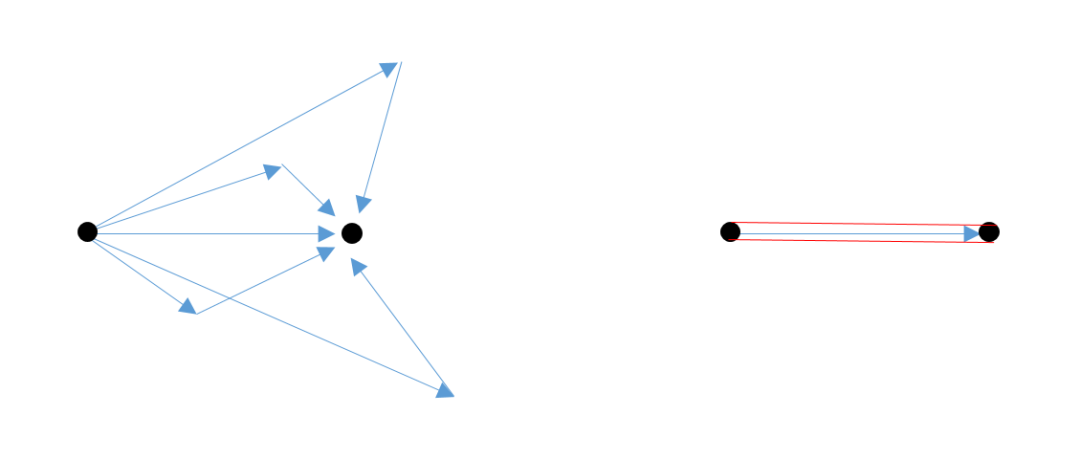
Wireless Communication VS Fiber Optic Communication
This is like a closed dedicated lane, a high-speed rail, and it can do its best to speed up and improve efficiency.
Optical fiber is indeed one of the greatest inventions in human history. It achieves the maximum benefit with the lowest cost.
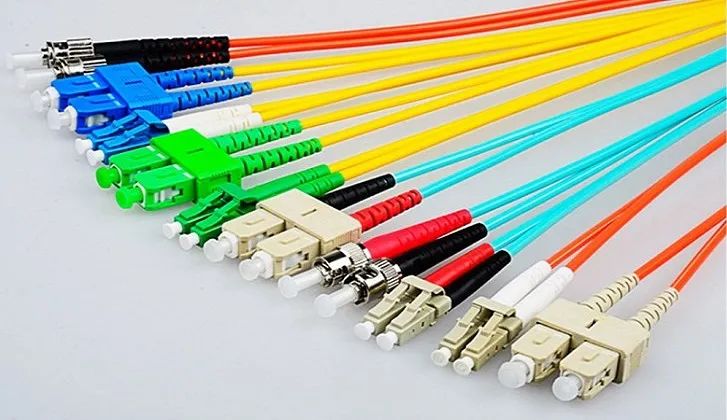
optical fiber
Just imagine, if we don't have optical fibers, but only metal cables, how many precious metals do we need to use to realize the current dense communication backbone network? These costs are passed on to users, how expensive will our communication costs be?
At present, it is the general trend that optical fibers replace metal cables. The backbone network and access network of telecommunication operators have already realized "optical advance and copper retreat".
The main defect of optical fiber communication at present is that it is physically relatively fragile. In addition, optical fiber fusion has certain technical thresholds, and the cost of optical interfaces and optical modules is still slightly high, so it cannot completely replace network cables.
But, for the foreseeable future, fiber will go into every computer, every TV, and every terminal that requires a wired connection.
All wired communications use optical fibers, and all wireless communications use energy-efficient wireless air interface technologies (such as 4G/5G/Wi-Fi 6), which are the goals of human communications development. Together, they will support the huge connection scale and bandwidth needs of mankind.
Well, that's all for today's article. Thank you for your patience in watching!